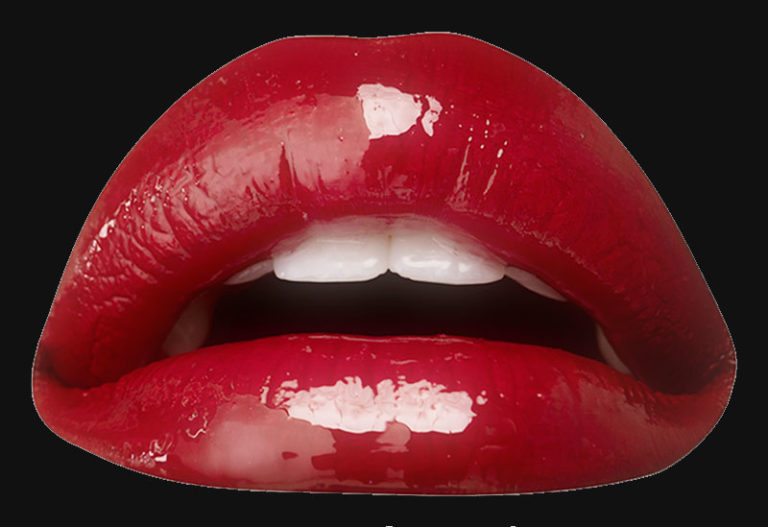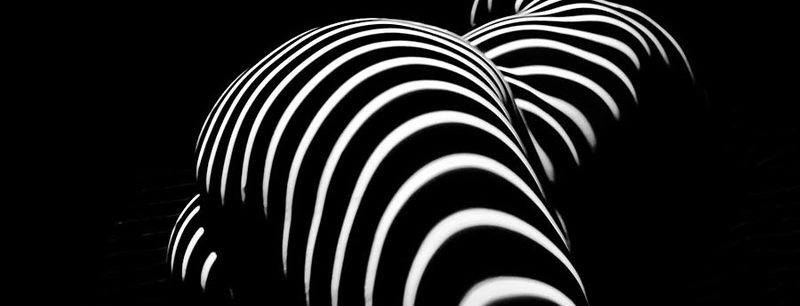
“La dolce vita,” which translates to “the sweet life,” embodies a philosophy that celebrates indulgence, beauty, and the pursuit of pleasure. Federico Fellini’s iconic film, “La dolce vita,” released in 1960, is not just a cinematic masterpiece but a cultural touchstone that has influenced generations. This classic Italian film paints a vivid portrait of Rome, showcasing its vibrant lifestyle through the eyes of its protagonist, Marcello Rubini.
In our exploration of “La dolce vita,” we delve into its themes of hedonism and existentialism. The characters navigate the joys and sorrows of life amidst the backdrop of stunning Roman landscapes. With unforgettable quotes like “I’m not looking for anything,” we witness their struggles with meaning in a world filled with superficiality.
Fellini’s unique storytelling style captures the essence of Italian cinema, blending realism with surrealism to create an engaging narrative. The film’s soundtrack further enhances this experience, transporting viewers into a world where every moment is steeped in nostalgia and beauty.
The cultural impact of “La dolce vita” extends beyond cinema; it has shaped notions of lifestyle and aesthetics in pop culture. Its influence can be seen in fashion trends that celebrate elegance and sophistication as well as in contemporary discussions about living well—an art form that resonates deeply within Italian culture.
As we analyze “La dolce vita,” it becomes clear that this film is more than just entertainment; it serves as an invitation to embrace life’s pleasures while reflecting on our own desires for fulfillment. In doing so, it encourages us to consider what “the sweet life” truly means for each one of us today.

